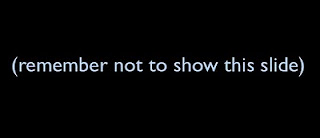Influenceables Outpoint Influentials.

I've been reading Connected over the past few weeks and yesterday went to see Nicholas Kristakis talk about it. It's a sprawling discussion of how networks work coupled with some interesting insights about why they work. But for me, the most important sentence in the book is this citing of the work of Duncan Watts et al. It turns out that influential people are not enough: the population must also contain influenceable people, and it may be that the speed and diffusion of an innovation is more dependent on the proportion and number of the latter group than the former. The question that is the elephant in the room is what makes people influenceable. Bad marketers will, as ever, see that descriptor and imagine manipulable passivity, but I think the decision to be influenceable is a more active one, a wish to avoid defaulting to the posturing of the biggest advertisers. A wish for influence to be embodied in better information rather than persistent persuasion. Being spreadable i...






